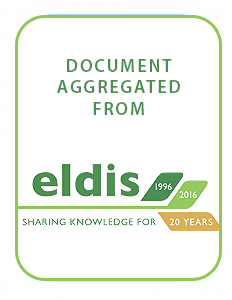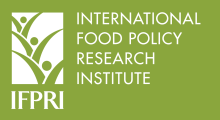Resource information
This discussion paper seeks to explore alternative investment options with the aim of enhancing resilience in the Horn of Africa. Climate change, conflict, drought and increasing populations are leading many to pessimistic conclusions regarding the future viability of pastoral farming, arguing that these livelihoods should be sedentarised and diversified. Simultaneously, others argue for their wholesale protection. This paper argues that both economic theory and the existing evidence base points to the need for a balanced development strategy involving both inter-sectoral and intra-sectoral development, as well as cross-cutting transformations of the demographic, social and political structure of the arid and semiarid lowlands (ASAL). After providing a contextual understanding of livelihoods in the region, the paper discusses economic transformation as a guiding principle. It then describes the scope for both non-livestock and livestock development strategies in the ASAL regions. Despite the concerns, pastoral farming is actually an efficient and resilient adaptation strategy to the environment when compared to non-irrigated non-pastoral farming. Increasing demand and livestock prices also offer reasons to modernise and support pastoral farming as part of a balanced investment strategy.There are key knowledge gaps that must be addressed before the question of how to balance investments can be resolved:
the stresses on the carrying capacity of the environment and the interrelated resilience to shocks associated with varying of different human and livestock populations;
the feasibility and potential of irrigation projects;
the cost-effectiveness and time frame of interventions in each agricultural sector, as well as in cross-cutting interventions in education, social policy, microfinance, development etc.; and
the potential for regional and inter-regional migration and non-farm diversification.
A number of innovative service delivery mechanisms are suggested, including:
the diverse and extensive uses that mobile telephones offer, e.g. in trade, microfinance and health;
mobile and long-distance learning, and boarding schools;
improved early warning systems (another potential use of mobile phones);
weather-based index insurance; and
improved infrastructure and access to relevant services linked to output markets via livestock development clusters.



